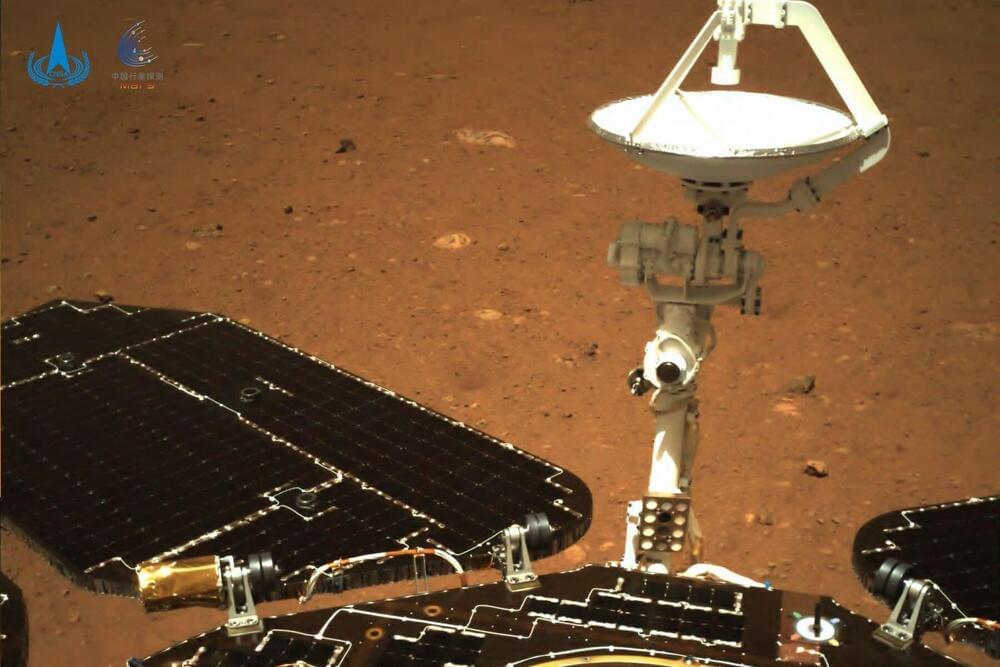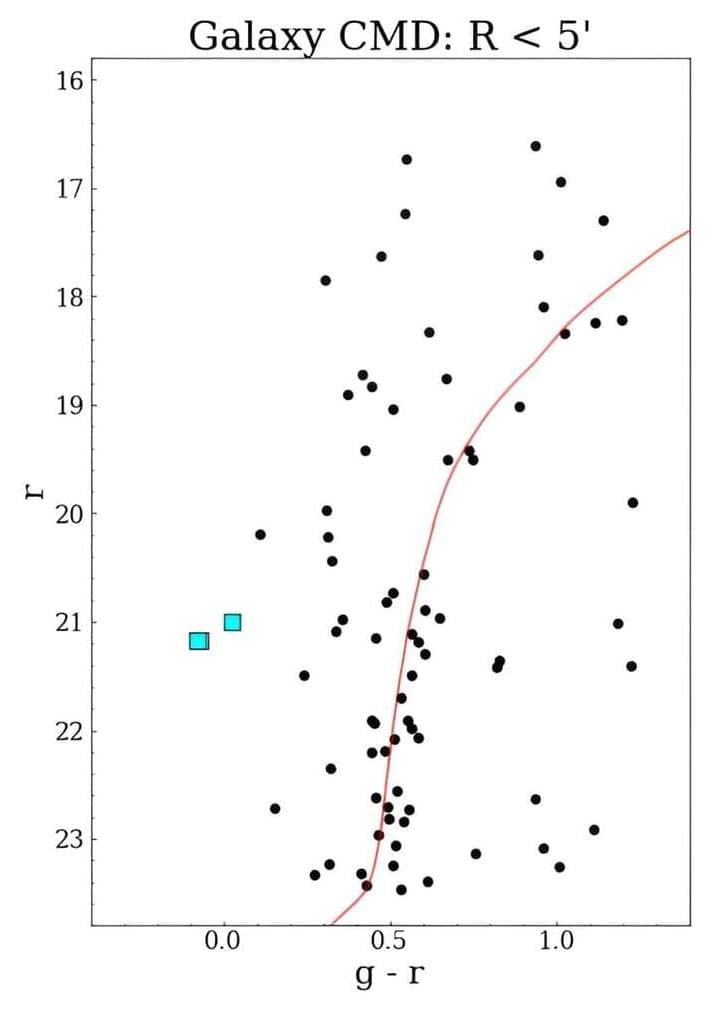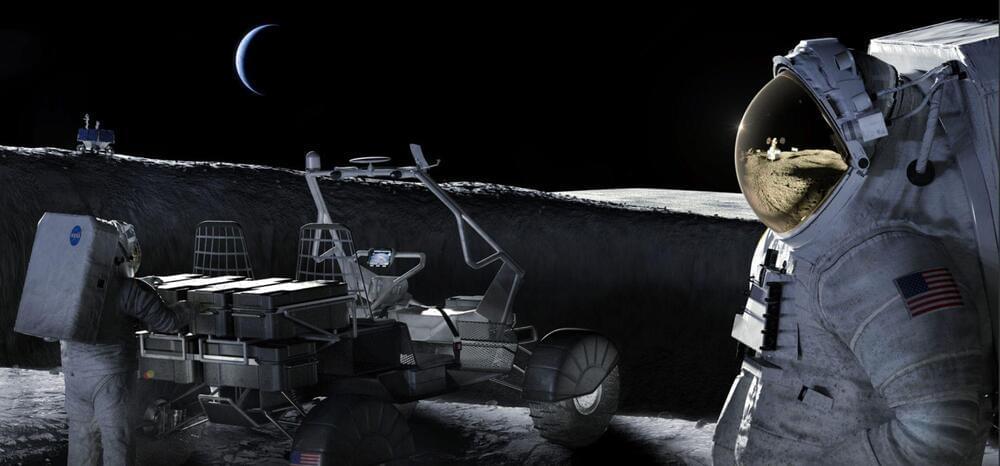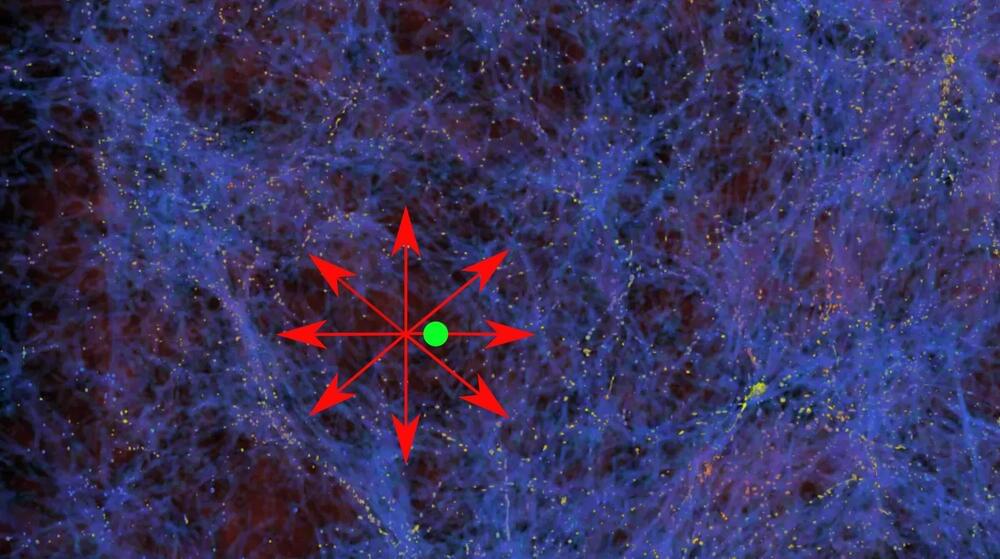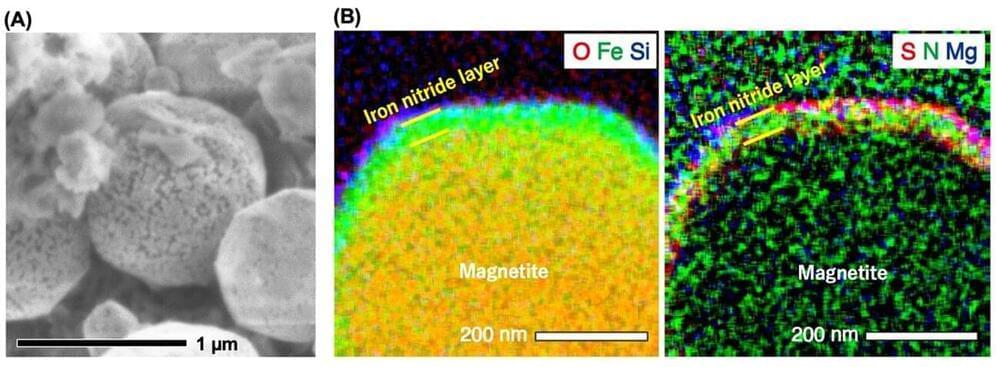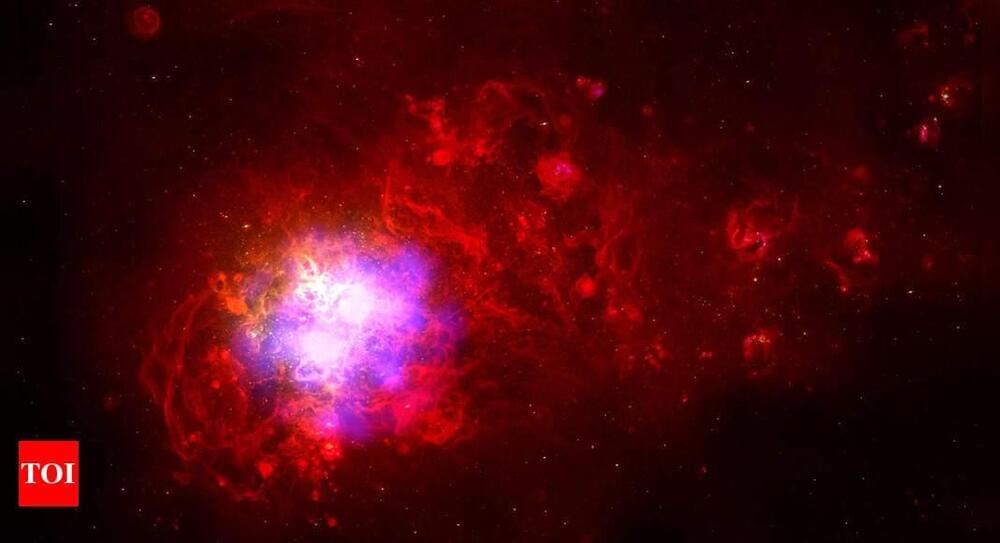China’s Zhurong rover was equipped with a ground-penetrating radar system, allowing it to peer beneath Mars’s surface. Researchers have announced new results from the scans of Zhurong’s landing site in Utopia Planitia, saying they identified irregular polygonal wedges located at a depth of about 35 meters all along the robot’s journey.
The objects measure from centimeters to tens of meters across. The scientists believe the buried polygons resulted from freeze-thaw cycles on Mars billions of years ago, but they could also be volcanic, from cooling lava flows.
The Zhurong rover landed on Mars on May 15, 2021, making China the second country ever to successfully land a rover on Mars. The cute rover, named after a Chinese god of fire, explored its landing site, sent back pictures—including a selfie with its lander, taken by a remote camera—studied the topography of Mars, and conducted measurements with its ground penetrating radar (GPR) instrument.
